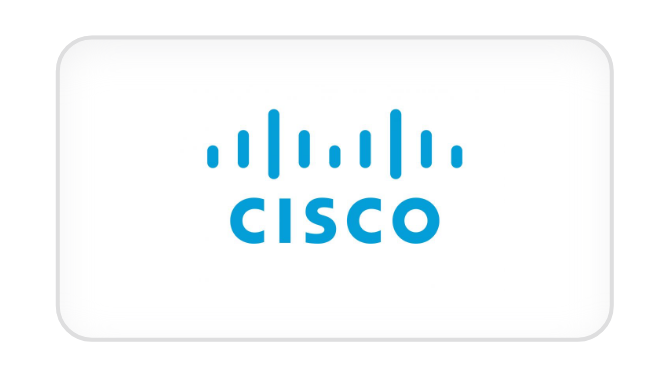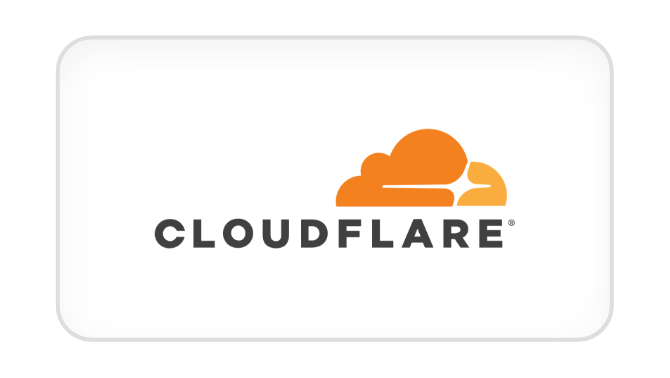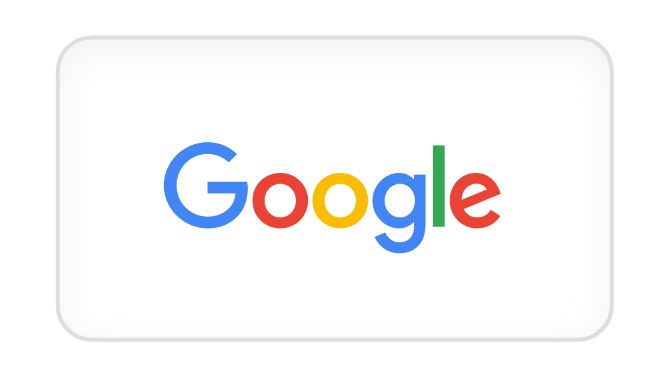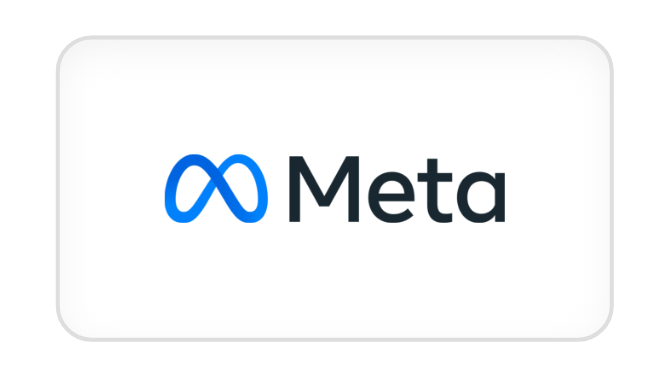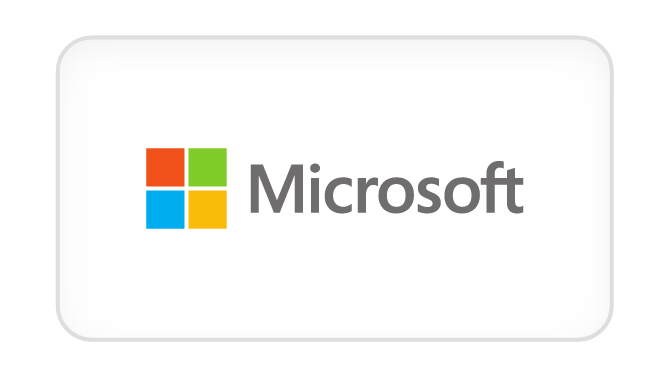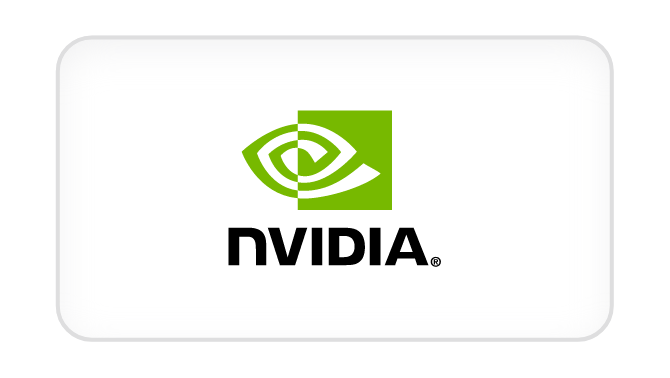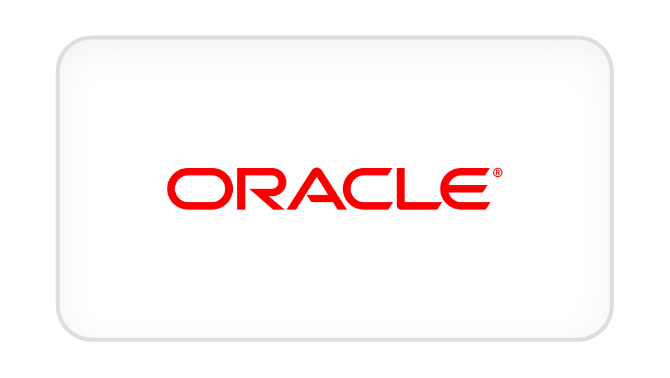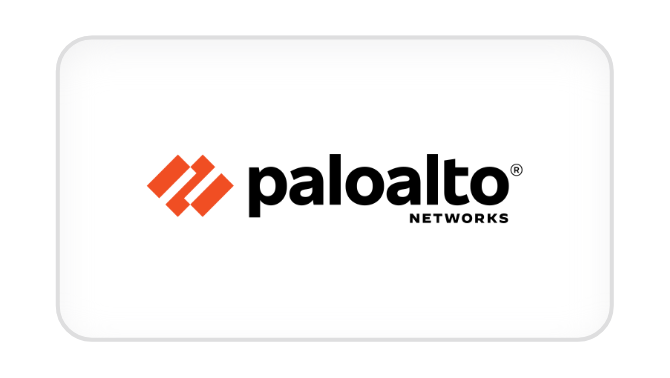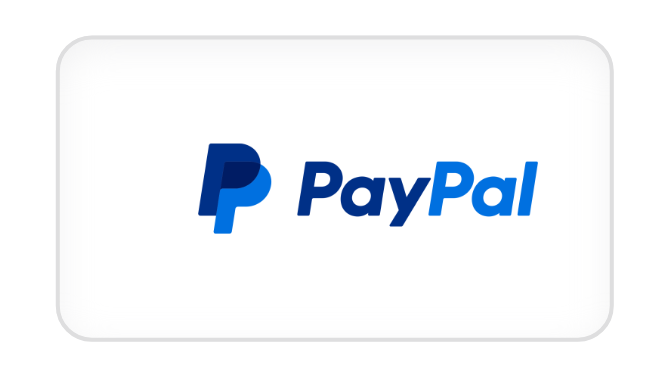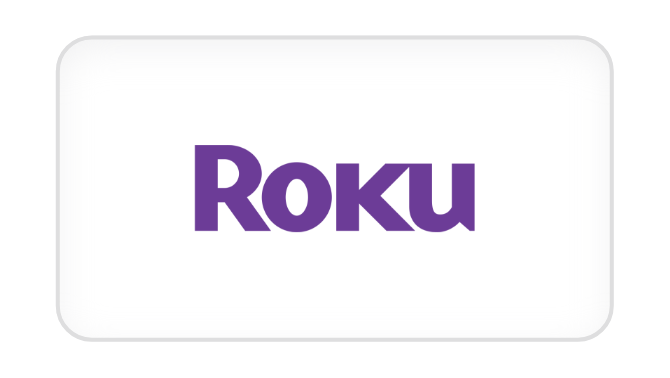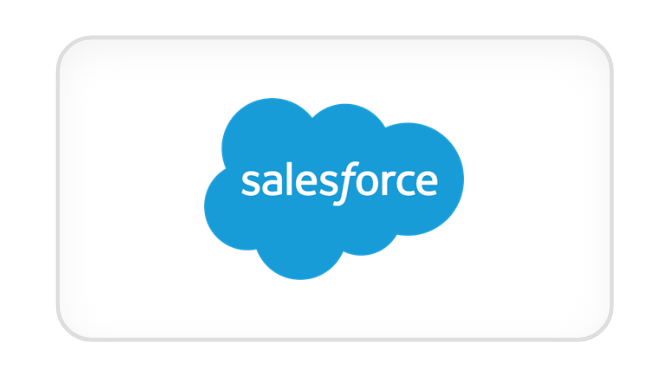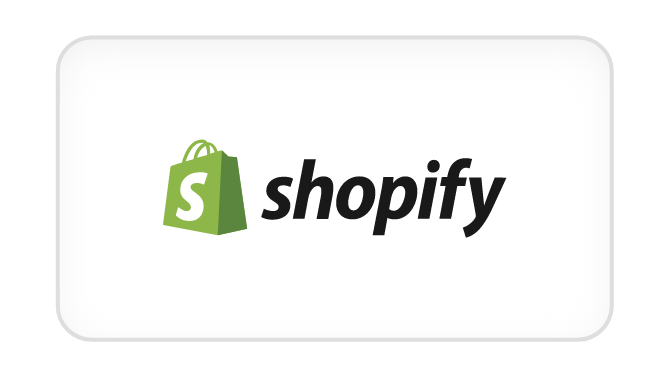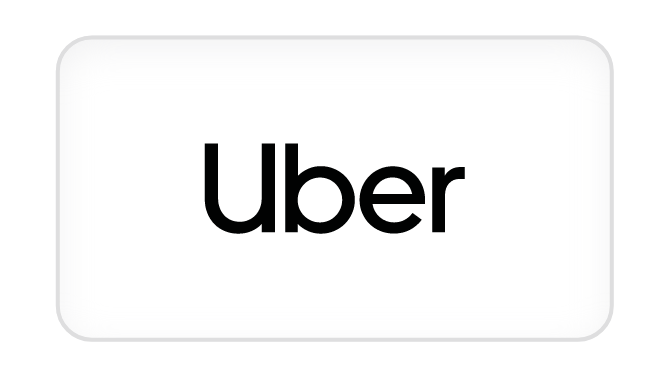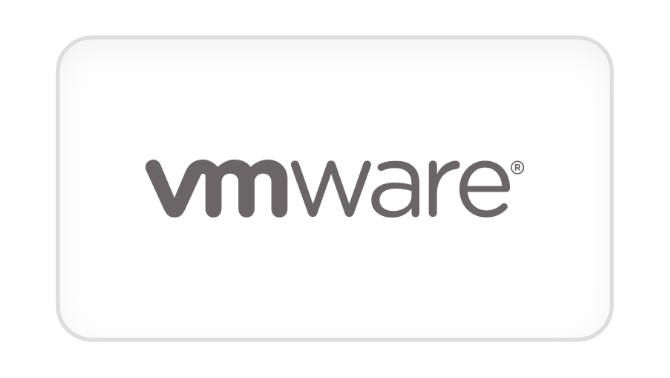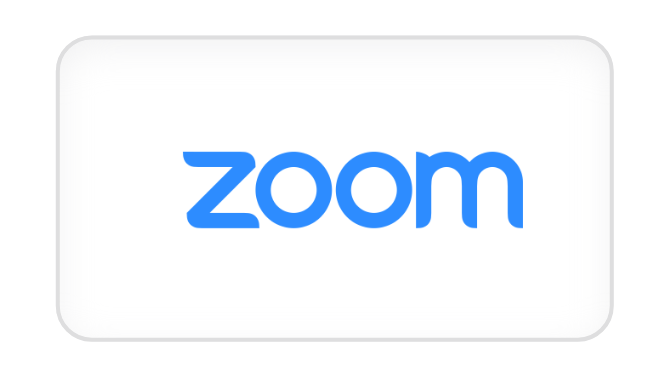Executive Summary
Telesign's Messaging API aims to enhance communication across various channels using dynamic messaging templates and creative solutions for integration and the design of the user interface.
Despite resource constraints, the team significantly improved user engagement by streamlining third-party integration processes, automating user flows, and adopting a minimal UI design system.
The final solution exceeded client expectations, increasing user engagement and enhancing brand perception. This case study highlights the transformative impact of the Messaging API and a user-centric, iterative design approach for customer communication and engagement products.
Outcome: Integration of Telesign's Messaging API enhanced global customer engagement by revolutionizing messaging across multiple channels in the self-service portal.
Highlights: Increased user engagement, enhanced brand perception, and communication efficiency.
Influential Usability Testing Feedback: User curiosity about additional third-party integrations influenced a visually engaging UI design, showcasing the range of messaging options through recognizable logos.
Project Information
What is it?: Telesign's Messaging API is a single platform that enables businesses to connect with their customers globally through various channels such as SMS, MMS, email, RCS, WhatsApp, and Viber. It simplifies integration, automates workflows, and incorporates intelligent routing to ensure reliable message delivery. It also supports rich media features and personalization to enhance customer interactions across all stages of the customer journey.
Role: Lead Experience Designer
Team: Lead Experience Designer, UI Designer, UX Researcher, Web Designer, CTO, VP of Product, Director of Product Management, Sr. Product Manager, Principal Software Engineer, Sr. Software Engineer, Sr. Program manager, Sr. Technical Writer, Portal Development Team, Data Science Team, Billing Development Team, and Integration Specialists.
Timeline: 3 Months (Fall 2021)
Status: Fully implemented with ongoing optimizations.
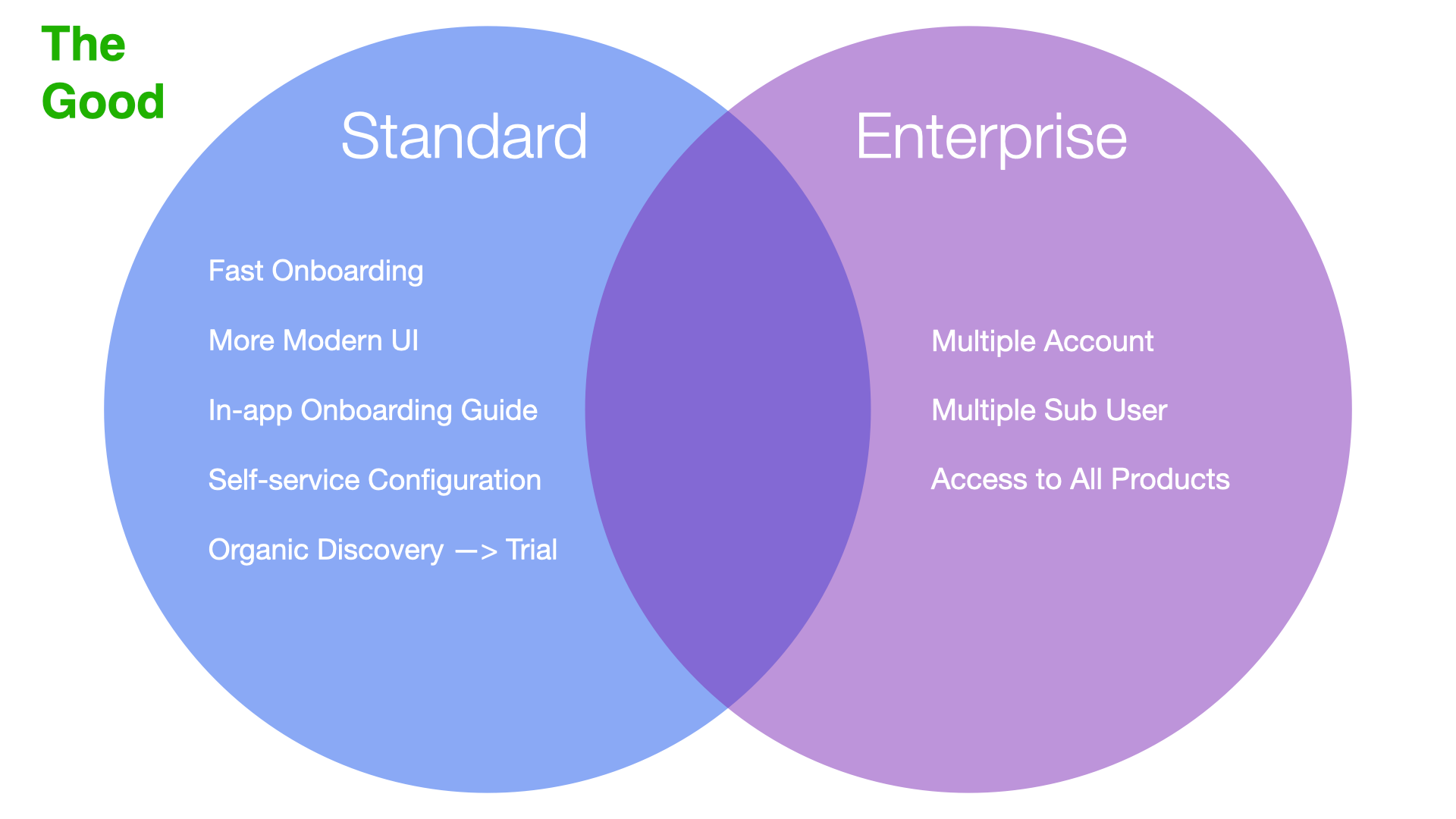

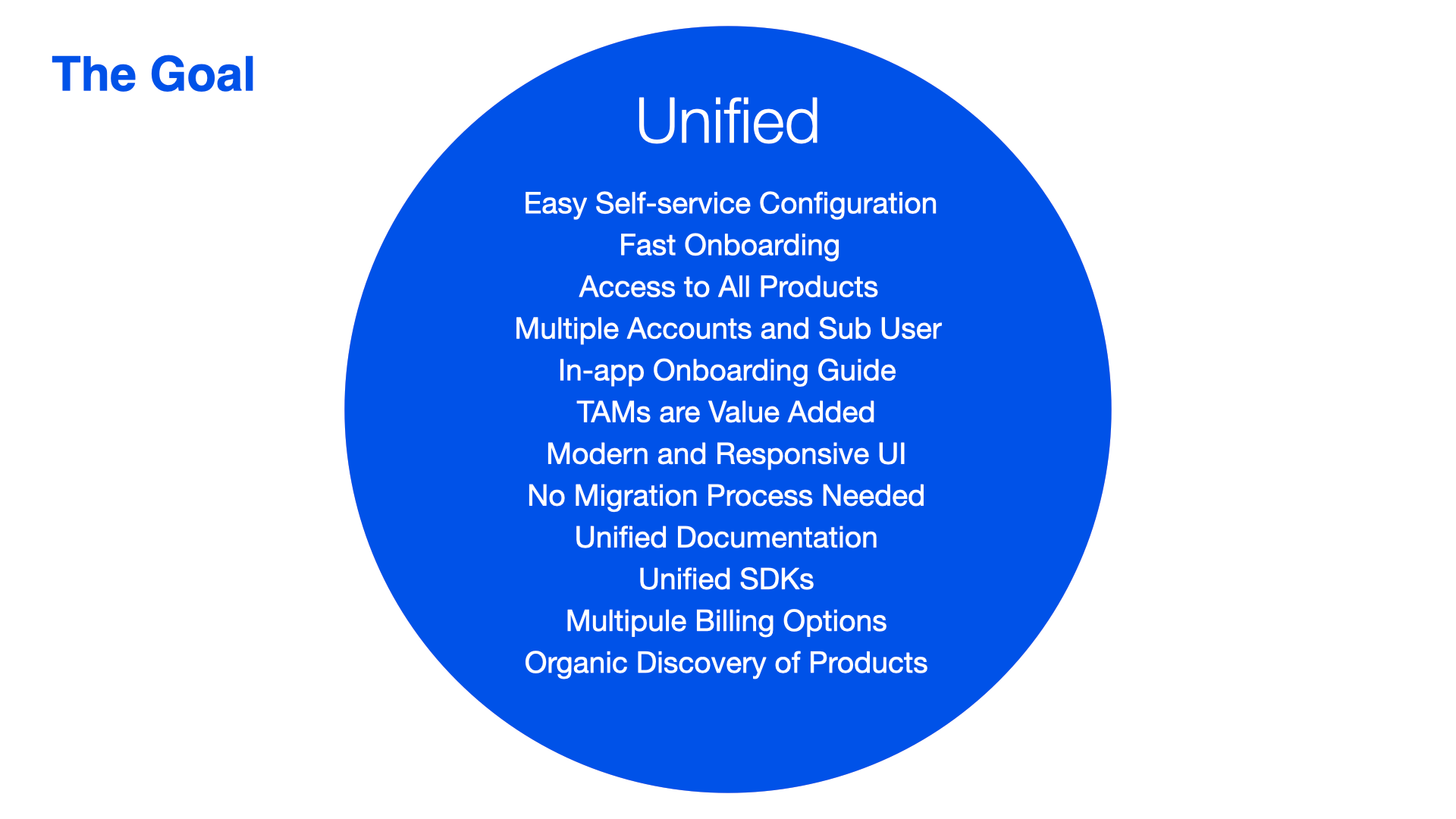
Context
Cause: Need to modernize communication strategies and integrate dynamic messaging.
Environment: Rapidly evolving digital communication space.
Problem: The current strategy did not fully leverage dynamic messaging to engage customers.
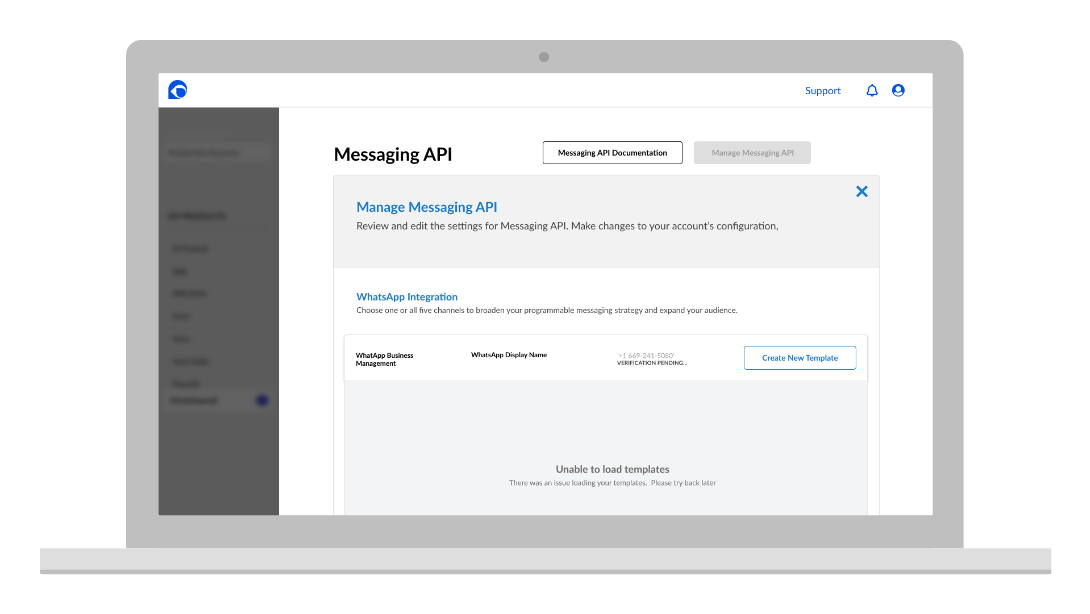
Manage Messaging API - Error Loading Message Templates
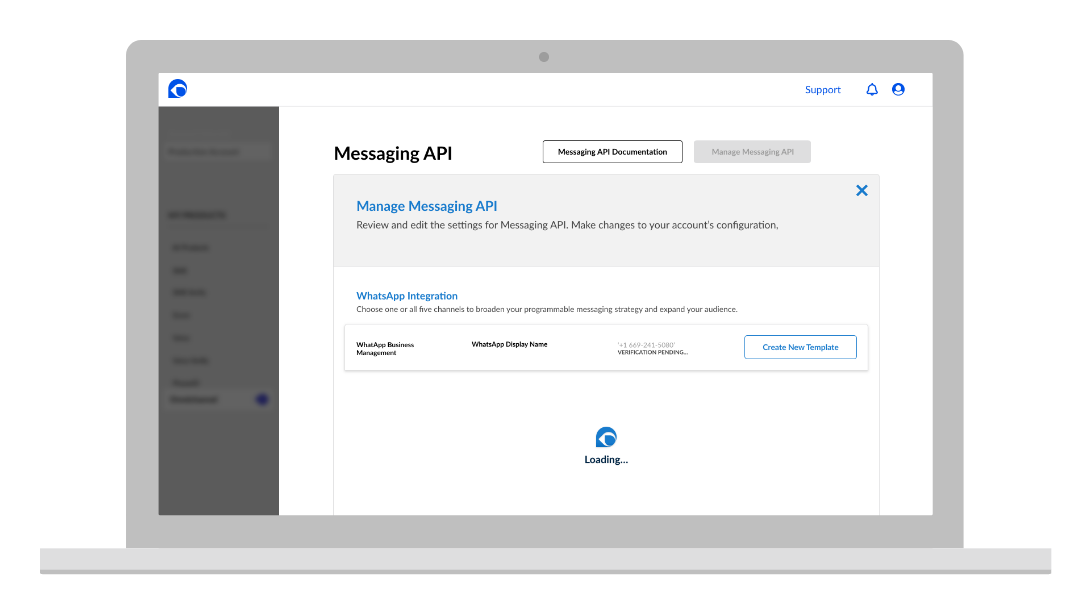
Manage Messaging API - Loading Templates
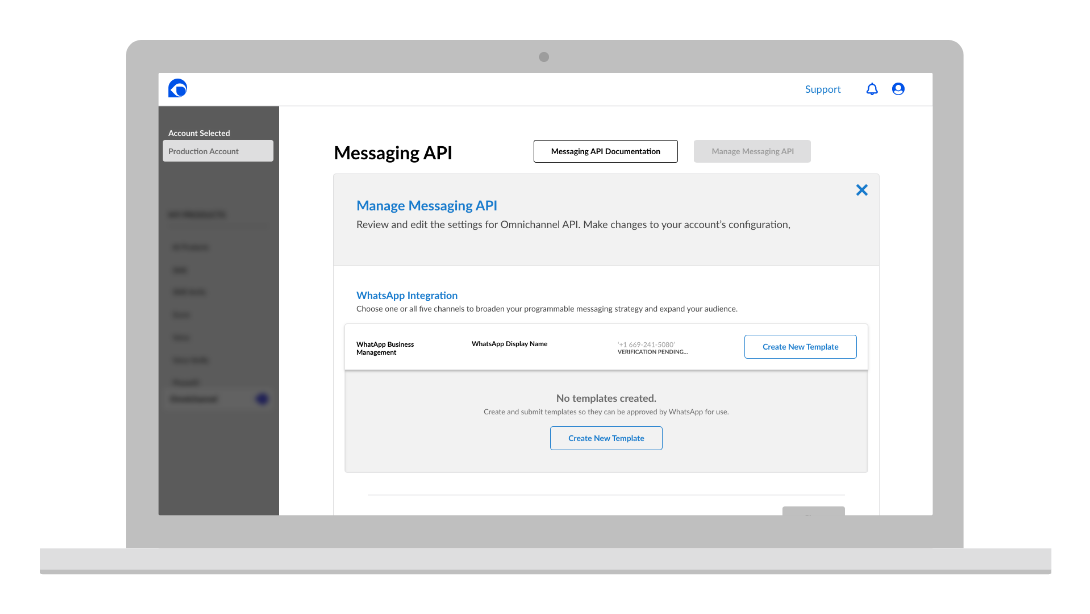
Manage Messaging API - Create New
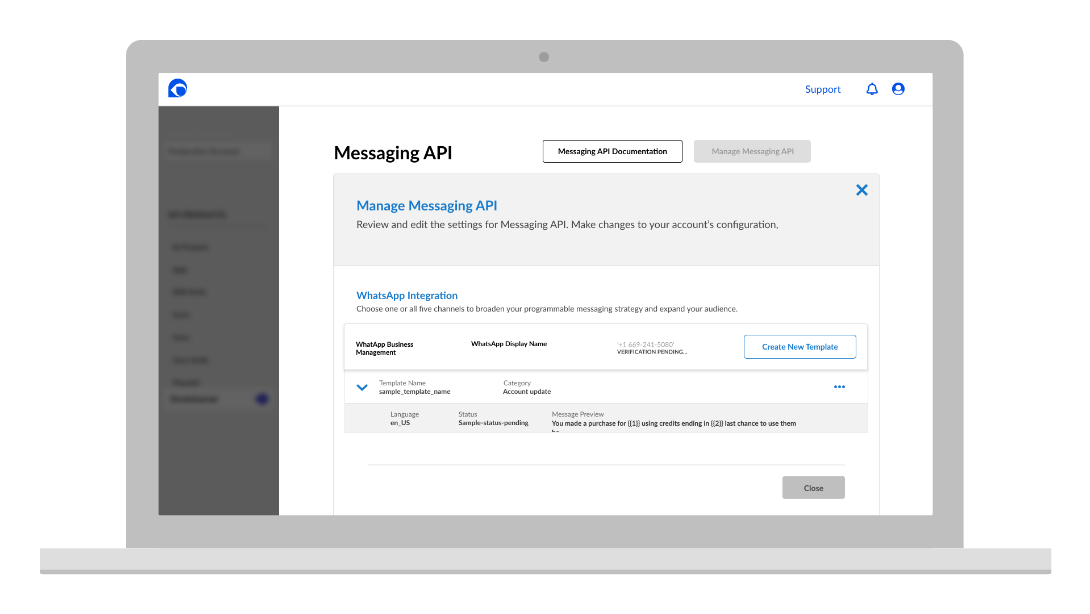
Manage Messaging API - View Templates
Research
Insights: User preferences for diverse messaging options with rich content.
User Flows: Identified the need for streamlined user flows between Telesign and third-party services.
Issues: Limited UI development resources and complex integration challenges.
Design
Flows: Clean UI to reduce user friction, increase pop-out for input errors; focus on communication. Inspiration is blueprints.
Interactions: Focused on error prevention interaction models for better usability.
Visuals: Adopted a minimal UI design system to maximize available resources.
Iterative Design Process: Recognizing resource limitations upfront led to innovative design solutions that minimized user friction and maximized UI simplicity and efficiency.
Design System – Inspired by construction blueprints and is designed for quick prototyping with a minimalist style, clean aesthetic, and low fidelity to minimize communication noise.
Test
Prototypes: Created interactive prototypes, even with limited resources.
User Tests: Feedback from flagship clients significantly influenced the final designs.
MVPs: Fast-tracked MVPs for early feedback.
Diverse User Testing Contribution: Key design configurations were implemented for user clarity based on qualitative feedback from flagship clients, particularly regarding the integration process.
Low fidelity Messaging API product page previewing data representation of OmniChannel integrations
Results
Final Designs: Enabled streamlined, branded messaging across various channels.
Outcomes: Clients reported higher user engagement and satisfaction.
Real-Time Implementation Challenges: Overcame significant back-end complexities with a minimalistic UI that maximized automation and user flow efficiency, ensuring a meaningful user experience.
Messaging API Template Builder - User can create messaging templates that in clued images, video, files, CTA Buttons.
Takeaways
Learnings: Despite the time constraints, our targeted qualitative user testing provided valuable insights into Telesign's Messaging API integration. Direct feedback from key clients highlighted the challenges of third-party integrations, leading to the early identification of critical design improvements. Within the first month, 30 out of Telesign's 800+ active my.Telesign.com users were operating at scale.
Reflection: Our team faced the challenge of complex back-end issues combined with limited resources for UI development. Consequently, we decided to adopt a minimalist design approach. This constraint-driven innovation resulted in user-friendly interfaces and a scalable UI that could accommodate third-party integrations in the future. This process emphasized the importance of prioritizing functionality and user experience, with feedback from usability testing playing a critical role in shaping the final design. Through this project, we learned how to balance technical feasibility with user-centric design, ensuring that the end product is adaptable and aligned with business and user requirements.
Message Template Builder UI – Low Fidelity
Social Proof
Testimonials: Flagship clients, 8 out of 10 of the largest technology companies, praised the new dynamic messaging capabilities.
Rapid API Review of Telesign: "Overall, TeleSign's Messaging API is a well-regarded tool that can be used to send and receive SMS messages worldwide. It is praised for its ease of use, reliability, and effectiveness." Full Read
G2 Review of Telesign Trust Engine: "This review praises the API's simplicity, reliability, and effectiveness in identifying sketchy users. It also mentions the PhoneAPI's fast performance even under heavy traffic." Full Read
Martech Series Marketing Technology Insights: "This new functionality enables brands to deliver rich, personalized experiences, provide conversational chat, and guarantee the delivery of important alerts, reminders, and notifications – all via a single, easy-to-implement API." Full Read



